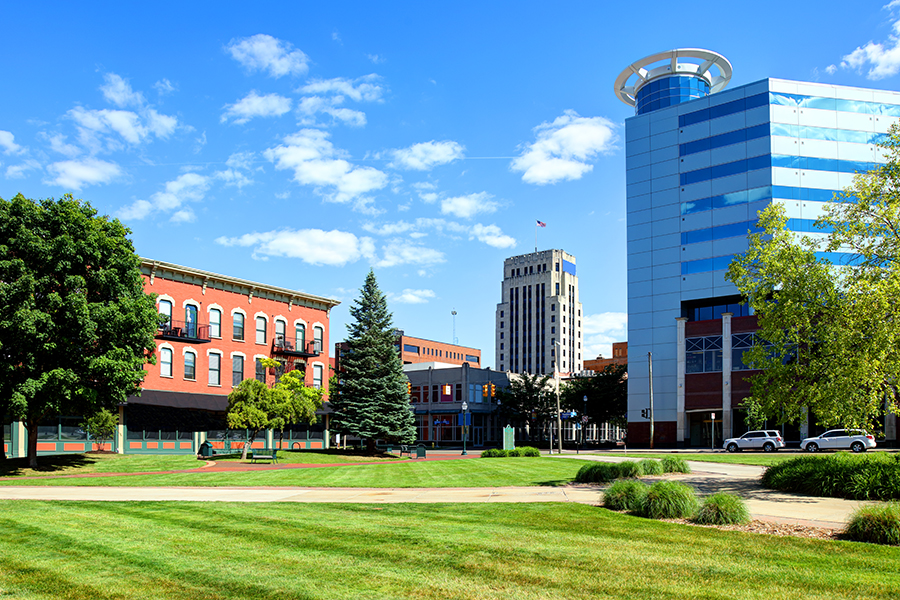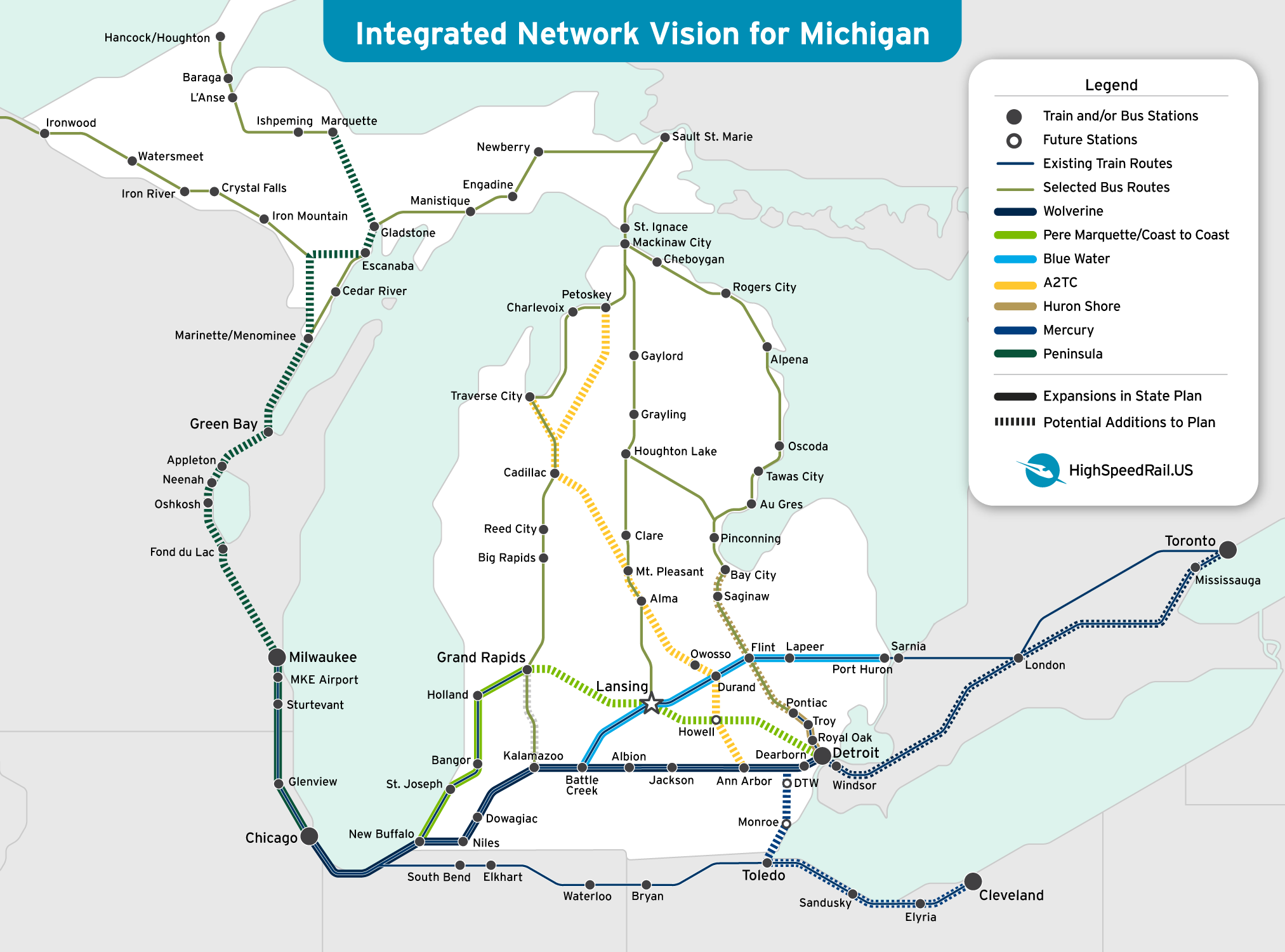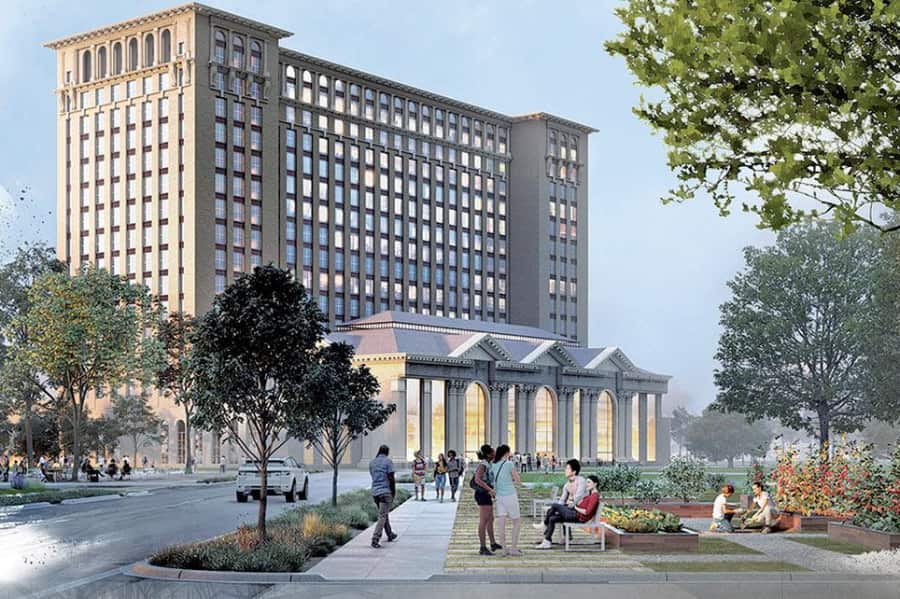In June, Gov. Gretchen Whitmer (D-MI) announced a new bipartisan commission—the Growing Michigan Together Council—that’s tasked with developing a strategy to attract more people. The Council will “identify goals to grow the state’s population, improve educational outcomes, attract and retain talent, and build long-term, sustainable infrastructure.”
 An integrated network of regional rail, intercity bus, and local transit systems should be the cornerstone of Michigan’s campaign. There is no more powerful tool for attracting talent, building a stronger and sustainable economy, and creating healthy communities.
An integrated network of regional rail, intercity bus, and local transit systems should be the cornerstone of Michigan’s campaign. There is no more powerful tool for attracting talent, building a stronger and sustainable economy, and creating healthy communities.
Communities like Battle Creek, Kalamazoo, Grand Rapids, Jackson, Ann Arbor, and Detroit are home to some of the nation’s most vibrant businesses and nonprofits. Imagine the impact on Michigan’s economy—and quality of life—if they were linked with fast, frequent, and affordable trains.
Residents would have more opportunities for meaningful work. Students would have more flexibility in pursuing their degrees. Families would use them for easy, affordable day trips to nearby cities. Business travelers would reap the productivity gains of working in spacious, comfortable, and quiet surroundings during their trip.
The truth is, most Americans want an alternative to the status quo. They would love to live and work in places that are more livable and sustainable.
Trains deliver. They fill our towns and cities with people and small businesses. They align our transportation systems with proven best practices for building communities that work—the kind of places that people put down roots in. When more people live in or visit the heart of our towns and cities, there are more in-person meetings and spontaneous interactions. There’s more economic exchange. More creativity. More life.
As one of the few states with an established passenger rail program, Michigan can launch its program sooner than most. Which means it can leverage its advantages—and position itself as a leader—as the U.S. pivots toward healthier, more sustainable, and more productive ways to move around.
Core Principles
- Railroads are versatile: They can be used in different ways in different markets.
- Frequent departures are essential: People travel throughout the day, so having departures throughout the day is essential to make trains useful.
- A long-range network plan helps identify which solution works best for each scenario, so that each segment boosts the entire system.
- Much can be done within the state, but Michigan leadership is also needed on access to Chicago.
Top Issues:
- State lacks vision for and commitment to an integrated passenger rail and transit program.
- MDOT rail division lacks the staffing and funding required to plan and execute high-impact projects.
- State is unprepared to compete for federal railroad infrastructure funds.
- The lead times for new trainsets is long. Michigan needs to begin the ordering process now.
Quick start actions:
- Double-track section of Wolverine line between Niles and Dowagiac.
- Add station facilities to Ford’s Michigan Central complex.
- Pursue federal funds for a new, double-track flyover at Battle Creek.
- Add more frequent departures on Amtrak/State-owned portions of the Wolverine Corridor, i.e.: Michigan City or New Buffalo to Detroit.
- Increase speeds to 79 mph on Pere Marquette and Bluewater routes.
- Build connection between Pere Marquette and Wolverine routes at New Buffalo, and add roundtrips to Grand Rapids.
Design and planning:
- Begin design and environmental work for regional rail on former Pere Marquette railroad linking New Buffalo, Grand Rapids, Lansing, and Detroit. Begin negotiations with CSX to purchase the corridor.
- Begin design and environmental work to double-track the entire Wolverine Corridor for regional rail between Detroit and Chicago.
- Begin design and environmental work for Detroit–Toledo link.
- Begin design and environmental work on the A2TC (Ann Arbor to Traverse City) corridor.
- Begin procurement for lightweight, high-performance trainsets and maintenance facility.
Coalition building:
- Build coalition with Governors of Illinois, Indiana, and Ohio to support passenger-dedicated South-of-the-Lake bypass and Detroit–Toledo link.
- Build coalition with Governors of Illinois and Wisconsin to begin design for Peninsula Corridor to Escanaba and Marquette.
Ask Governor Whitmer and your legislators to make regional rail a priority
Learn More
Michigan
There are incredible opportunities, and there is strong demand. Few states can match Michigan’s combination of existing assets and untapped potential.
The Chicago – Detroit Wolverine Corridor
The Michigan Department of Transportation (MDOT) is taking slow and steady steps towards modern service. Expediting the work, with a goal of hourly departures, would create vital links among some of the state’s most vibrant cities.
It’s time to turn Michigan Central back into a train station!
There is a golden opportunity to restore Michigan Central as a working train station—and turn Detroit into the heart of a hotbed of high-tech innovation.




